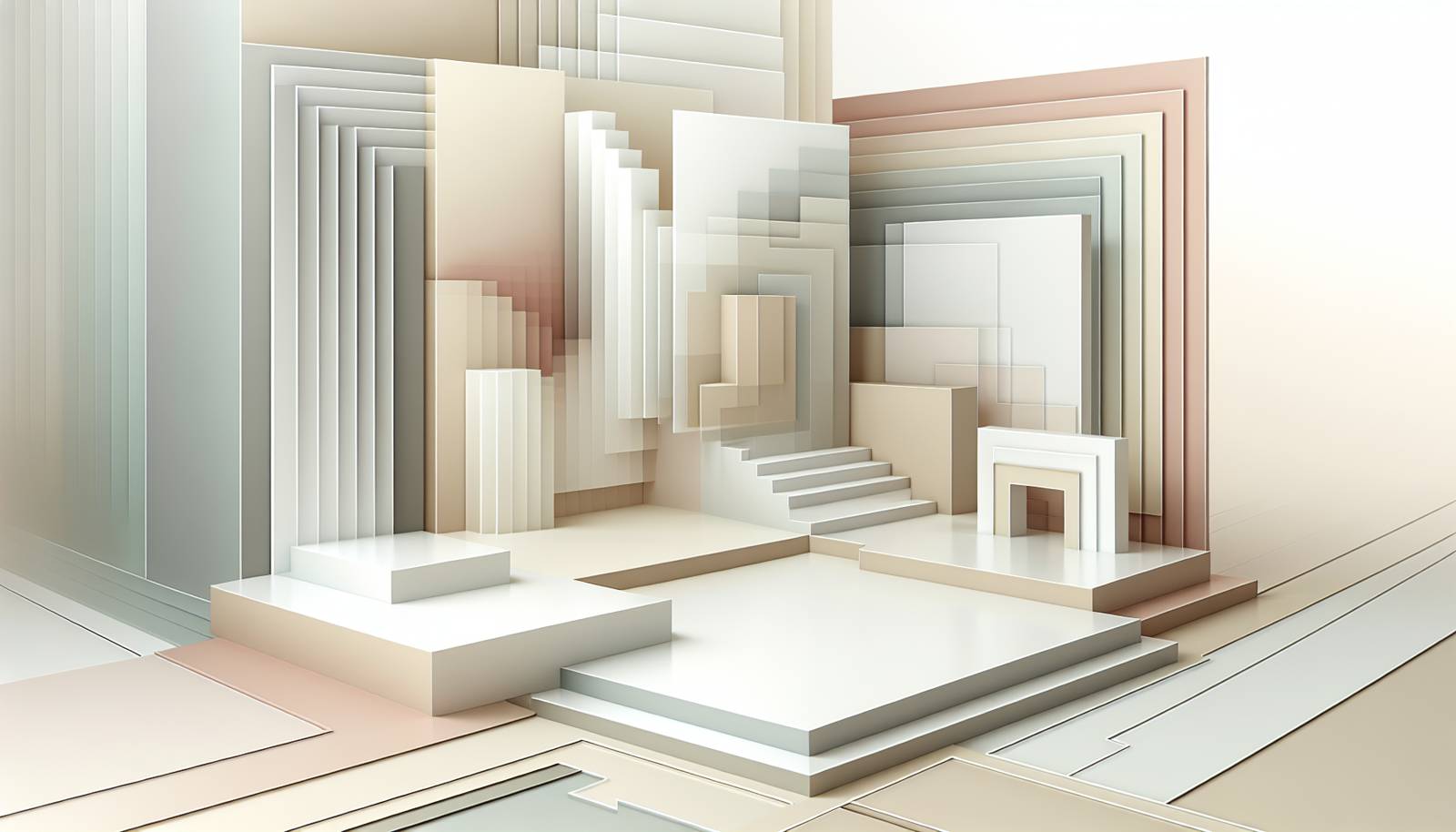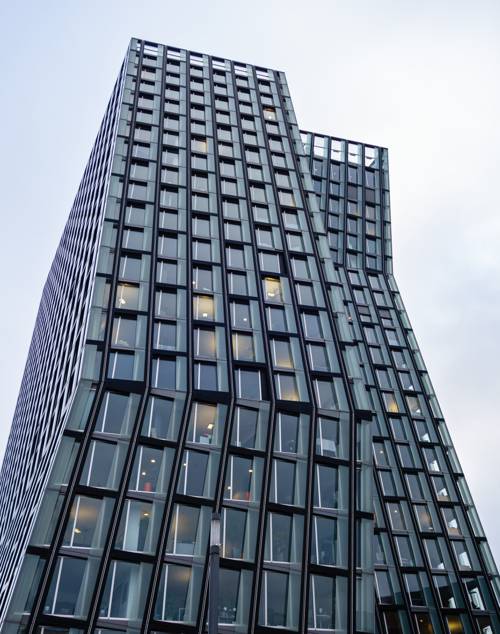
FAQ About The Cultural Impact of Architectural Photography

What is architectural photography?
Architectural photography is a specialized field of photography that focuses on capturing images of buildings and other structures in a way that is aesthetically pleasing, informative, and technically accurate. This type of photography aims to highlight the design, form, and function of architecture, often emphasizing elements like lines, angles, light, and context in the environment.

How has architectural photography influenced public perception of buildings?
Architectural photography has significantly influenced public perception by highlighting the beauty and intricacy of buildings that might otherwise go unnoticed. Through carefully composed images, architectural photography showcases buildings from unique perspectives, allowing the public to appreciate the architectural details, historical context, and design innovations. This visual storytelling can shape how people value the built environment and its cultural significance.

In what ways has architectural photography affected design trends globally?
Architectural photography can affect design trends by disseminating innovative architectural solutions and styles around the world. Through magazines, online platforms, and exhibitions, photographers introduce audiences to new designs and materials, sometimes even setting the stage for what becomes fashionable or desirable in architecture. This exposure can inspire architects and designers to adopt similar styles or concepts, thereby influencing global design trends.

Can architectural photography change an architect's career trajectory?
Yes, architectural photography can play a crucial role in an architect's career. Well-executed photographs can enhance an architect’s portfolio, gaining them recognition and new opportunities. Iconic images of their work can elevate their status in the industry, potentially leading to more prestigious projects and collaborations. Thus, partnering with skilled photographers can be a strategic asset for architects.

Why is the relationship between architects and photographers important?
The relationship between architects and photographers is important because a skilled photographer can comprehensively capture and communicate the architect's vision to a broader audience. Collaborative efforts ensure that the architect's design intent is accurately portrayed through photographs. This partnership results in images that can be used in promotions, exhibitions, portfolios, and publications, thereby amplifying the architect's work and reputation.

What are some common techniques used in architectural photography?
Some common techniques used in architectural photography include using wide-angle lenses to capture the full scope of a building, employing high-dynamic-range (HDR) imaging to enhance detail in various lighting conditions, and utilizing perspectives and lines to create a sense of depth and dimension. Photographers also often shoot during the ‘golden hour’ – just after sunrise or before sunset – to use natural light to best effect.

How do social media platforms impact architectural photography?
Social media platforms have significantly impacted architectural photography by providing a broader audience and more immediate visibility for architectural works and photographers. Platforms like Instagram and Pinterest allow photographers to share their work widely, influencing public tastes and design trends. Social media can also generate discussion and feedback from diverse audiences, thus contributing to the evolution of architectural critique and appreciation.

What role does architectural photography play in preservation efforts?
Architectural photography plays a critical role in historic preservation efforts by documenting the current state and details of architectural structures. High-quality images can be used in preservation campaigns to raise awareness and support or in archival records for future reference. Photography helps communicate the cultural and historical significance of buildings, potentially influencing stakeholders to invest in their conservation.

How has architectural photography evolved over time?
Architectural photography has evolved alongside technological advancements in camera equipment and digital processing. Initially relying on large-format cameras for detail and clarity, photographers now use digital cameras with advanced capabilities, such as drones and 3D modeling tools, to capture buildings more creatively and accurately. The advent of online sharing has also expanded the reach and influence of architectural photography.

What are some famous examples of architectural photography affecting public opinion?
Famous examples include the work of photographers like Julius Shulman, whose images of mid-century modern architecture helped popularize the style, and Ezra Stoller, whose photographs captured the essence of iconic Modernist structures. These images not only documented architecture but also shaped public and professional perceptions, influencing appreciation and trends in the industry.

How does architectural photography contribute to educational purposes?
Architectural photography serves educational purposes by providing visual resources for students and professionals studying architecture, design, history, and culture. Images can illustrate architectural styles, construction techniques, and design philosophies, serving as case studies. Educational institutions and publications often use these images to support curricula and inspire future architects.

What challenges do architectural photographers face?
Architectural photographers face several challenges, including dealing with varying weather conditions, lighting challenges, and restrictions related to shooting on private property. They must also find ways to creatively document buildings in a manner that faithfully represents the architect's vision while adding their artistic interpretation. Balancing technical skills with artistic vision is key in overcoming these challenges.

Is there a specific philosophy behind architectural photography?
The philosophy behind architectural photography often involves balancing artistic expression with technical precision. The goal is to encapsulate not just the physical elements of a structure but also its symbolic and functional essence. Successful architectural photography communicates the story, purpose, and aesthetic of a building, offering an interpretation that resonates with diverse viewers.

How important is timing in architectural photography?
Timing is crucial in architectural photography as lighting conditions, pedestrian and vehicular traffic, and weather influence the quality and mood of the photos. Photographers often plan shoots at specific times of day – like early morning or late afternoon – to leverage natural light that highlights architectural features, or at night to emphasize the building's interaction with artificial lighting.

Can architectural photography be considered an art form?
Yes, architectural photography is widely considered an art form due to its emphasis on aesthetics, composition, and expression. Photographers apply artistic judgment to present buildings in unique and compelling ways, much like traditional artists with their media. The creativity involved in framing and perspective can transform ordinary structures into visually striking works of art.

How has digital technology changed architectural photography?
Digital technology has revolutionized architectural photography by enhancing image quality and expanding creative possibilities. It allows for advanced post-processing, precise color correction, and extensive editing options, which enable photographers to perfect their images. Techniques like HDR imaging and panoramic stitching are more accessible, and digital sharing platforms increase the visibility and reach of architectural works.

What is the significance of color in architectural photography?
Color plays a significant role in architectural photography as it conveys mood, highlights materials, and enhances design features. Photographers may emphasize or de-emphasize certain colors to affect how the viewer perceives the building's form, texture, and ambiance. Color can also be used to unify elements of a photograph, guiding the viewer's eye across the image.

How do cultural differences impact architectural photography?
Cultural differences impact architectural photography by influencing the subjects that are chosen to be documented and the way they are depicted. Photographers from different backgrounds may focus on varied elements – like heritage or contemporary design – and interpret the built environment through lenses shaped by cultural context. This diversity enriches the field, as it brings a wide array of perspectives and styles.

How do architectural photographers choose their subjects?
Architectural photographers choose their subjects based on factors like architectural significance, historical value, personal interest, and potential for aesthetic expression. Some photographers focus on modern masterpieces, while others may be drawn to historic or vernacular architecture. The decision often involves an assessment of how a building's design can be best captured and conveyed through photography.

Are there ethical considerations in architectural photography?
There are several ethical considerations in architectural photography, such as respecting property rights and cultural sensitivity. Photographers need to obtain permissions to shoot on private properties, especially for commercial purposes. Additionally, they should be conscious of the cultural significance of the structures they document and strive to represent them respectfully and accurately, avoiding stereotypes or misrepresentation.
